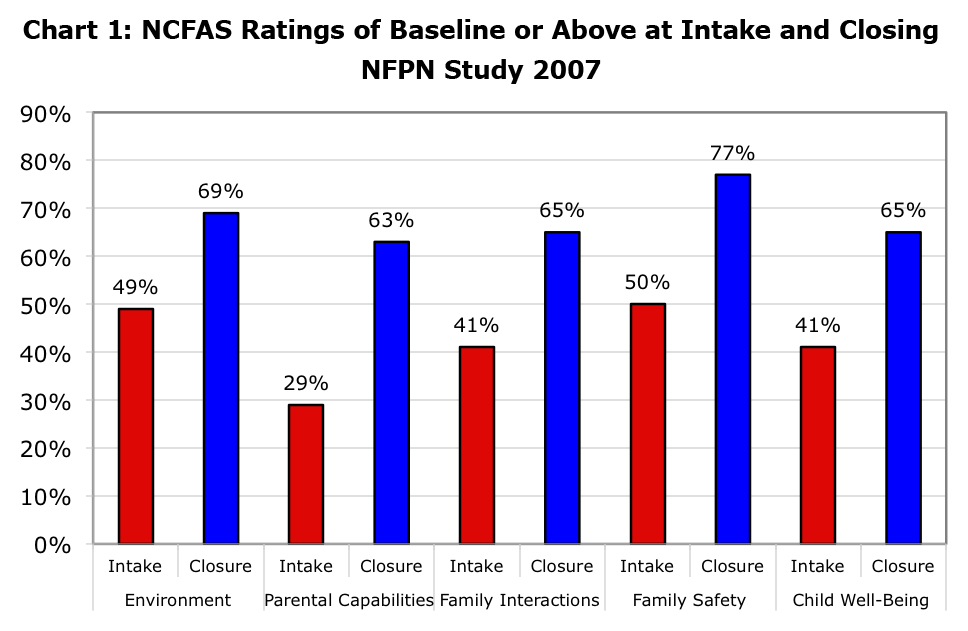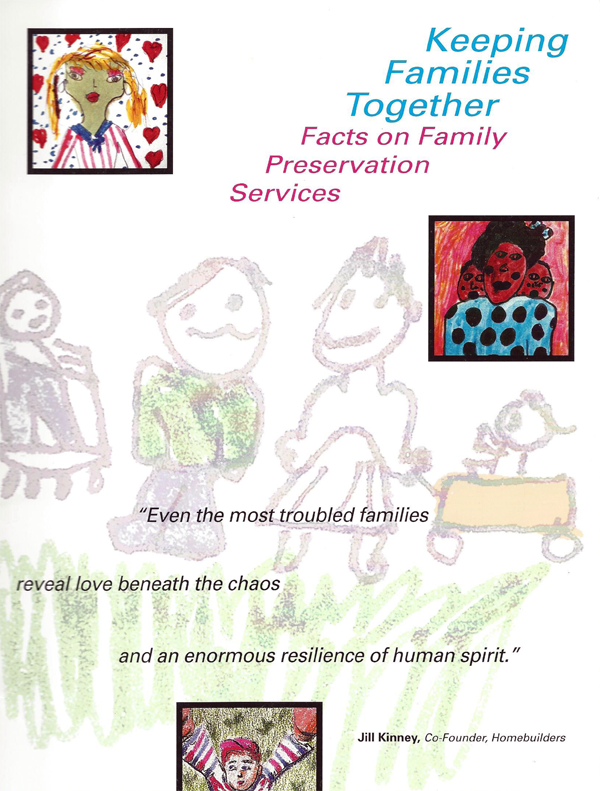The highest priority in IFPS is safety—safety for family members, safety for the IFPS therapist and safety for others in the environment.
The following case example shows how the IFPS therapist dealt with a high risk incident. Key elements of the IFPS therapist’s response included:
- Critical thinking about risk/danger
- De-escalation and contingency management
- Feedback to the mother
The Situation
A 16-year-old male client (diagnosed with Pervasive Developmental Disorder) gave the therapist the finger and repeatedly gestured angrily towards her and then towards the door. When she did not immediately leave, the boy made threatening gestures with a plastic baseball bat and a push pin, threatened to “end” the therapist, called her a “whore,” tried to take her bag from her, threw an apple on the floor, threw paper napkins at her, and grabbed the chair that she was sitting on. He also grabbed his mother by the wrist to try to prevent her from re-hanging a corkboard he tore down.
Critical Thinking about Risk/Danger
The boy had a history of making threats when frustrated, but no history of ever harming anyone that the therapist knew of.
Because his threats occurred immediately after he gestured for the therapist to leave, she believed that leaving or retreating in response to his threats might reinforce this problematic behavior. This clinical assessment factored into her decision-making. She was able and prepared to leave if needed and she actively assessed for her own and the clients’ safety.
During the incident, she sat in a chair beside the door so that she could immediately leave if she felt a sincere threat. She made sure that the boy never stood between her and the door except when he removed the corkboard from the wall. Her cell phone was in her back pocket.
She assessed that the items the boy used to threaten the therapist (a hollow plastic baseball bat and a push pin) were unlikely to cause serious injury. She remained far enough away while he held the items that he could not easily make contact with them. He put down each of these items after holding them for a matter of seconds.
She noted that each time the boy came closer than a few feet from the therapist, he soon stepped back. She also noted that the boy’s gestures were increasingly less threatening. When the boy grabbed her chair and her bag she was forced to stand up, but later sat down again in an attempt to project calm control without force.
De-escalation and Contingency Management
The therapist remained calm throughout the incident and repeatedly reflected the boy’s anger. Her reflections and statements included:
- She could see he was angry and he seemed to want her to know this.
- It seemed he was trying to get the therapist to leave by making threats, but she didn’t really think he wanted to hurt anyone.
- He didn’t seem to have the words to express himself when he was angry and this must be frustrating.
- Making threats, even when it was successful in frightening people, seemed to be causing problems for him.
- She hoped she could help him learn other ways to communicate and to manage his frustration.
When the boy grabbed his mother’s wrists to prevent her from re-hanging the corkboard, the therapist told him clearly that if she thought there was any chance he might hurt anyone, even accidentally, she would call the police, and he let go of his mother immediately.
The boy’s behaviors progressively de-escalated to gestures of anger that were not directed towards others (e.g., throwing an apple on the floor, throwing paper napkins on the floor). He calmed down after approximately 10-15 minutes. When he chose safer expressions of anger she told him she was glad he was making safer decisions.
When the boy’s mood seemed to change from anger to frustration to sadness, she reflected this. When he calmed down she noted how impressed she was that he was able to calm down. She told the boy that she hoped she could help him find new ways to express his anger.
She also told him that she was very glad that he spoke to her, even though he was angry and said some things she didn’t like. She told him she wouldn’t hold a grudge because she knew how hard it can be to be angry and not be able to say so, and that she hoped he would talk with her again.
Feedback to the Mother
The following day the therapist reviewed the incident with the boy’s mother. She explained that because his threats seemed to be intended to make the therapist leave, and because she did not think he would cause injury, she chose not to leave in this instance because she didn’t want him to learn that he could get what he wants by making threats.
While the boy wanted the therapist to go away, he wanted his mom with him. The therapist clarified that if the mom were to leave in response to his threats, this would not be a reward for him. She therefore encouraged the mom to leave promptly if he made threats towards her in the future, as this would both keep her safe and would provide a disincentive for making threats. She also encouraged her to call the police if she ever felt that anyone was in danger in the future.
She told the mom that they would complete a written safety plan the next time they met.
_______________
Posted by Bethany Rice, IFPS Therapist, Institute for Family Development






